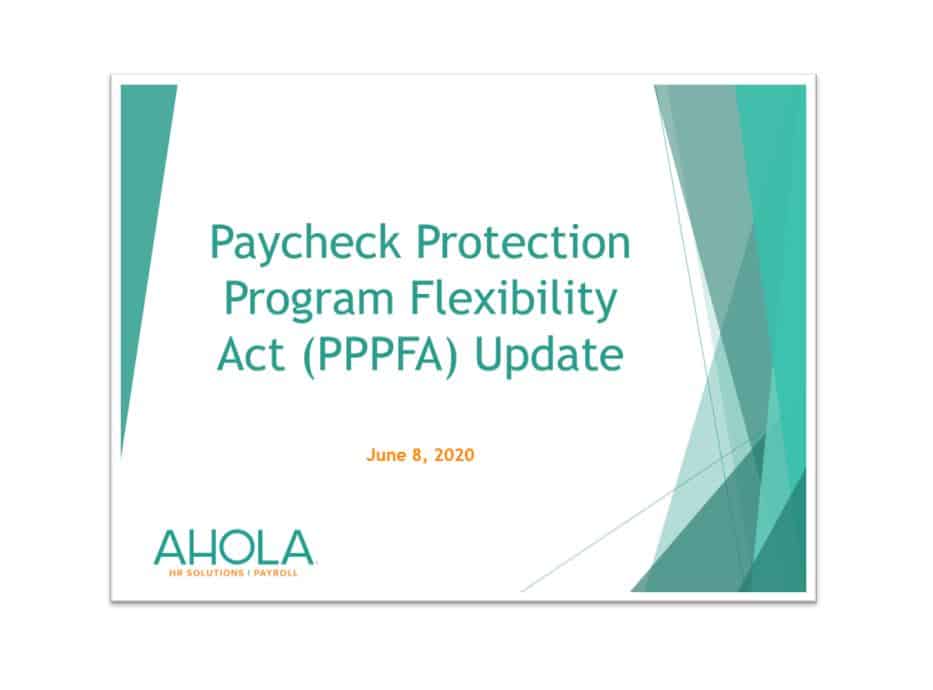5 Signs of a Toxic Workplace and How to Fix It
A recent survey of 40,000 workers at 125 companies conducted by the workplace consulting firm Emtrain reported some eye-opening statistics about toxic workplaces. For example, the survey found that
- 83 percent of employees wouldn’t report harassment,
- 41 percent of employees aren’t confident management would take harassment complaints seriously, and
- 29 percent of employees surveyed have left jobs because of workplace conflict.
Toxic workplaces are defined as workplaces that cause employees to feel stressed, depressed and drained, which makes them unhappy about coming to work every day, makes them less productive, affects other employees and ultimately take an economic toll on the company. This can become a vicious cycle. Here are 5 signs of toxicity in the workplace and how to address them.
Infrequent, unclear communication
The importance of good communications cannot be overemphasized. Communication by grapevine gives rise to gossip and false rumors that breed anxiety. Whether the news is good (say, a company expansion or a promotion) or bad (layoffs), your company will fare much better if the news comes from company leaders rather than the company grapevine.
Unproductive meetings
Meetings are a corollary to communications. What are your meetings really like? Is the speaker the only one speaking? Do all employees feel free to contribute or only a few? Do company leaders understand what the clusters of employees who congregate before or after meetings are discussing? When company leaders pay attention to these sorts of occurrences, they can uncover toxic behaviors that are detrimental to the entire company.
Infrequent performance reviews
Another area in which company leaders can act to thwart toxicity is a clear policy regarding performance. Waiting for an annual performance review to provide feedback can prevent an underperformer from modifying his or her behavior in a timely way. The consequences can be severe: necessary work must be done by another employee or people don’t get credit for their ideas or the quality or quantity of their work And these underperformers may be acting in perfectly good faith. They simply may not realize they aren’t meeting expectations.
Political speech
Our country is pretty divided politically, and this can cause issues in the workplace. Company leaders can handle this with a one-sentence directive: the only permitted political statement is an “I voted” sticker. Similarly, if your company’s waiting area has a television, stay away from the news and ensure that it is turned to something that doesn’t promote conflict, like sports or cooking. Note, however, that a blanket prohibition against certain kinds of talk can be tricky — some things can be banned and some can’t, so consult with an expert before creating a company policy.
Harassment
Any kind of harassment — sexual, racial, religious, LGBTQ — should not be tolerated the workplace. You need a clear company policy with no exception. The statistics cited earlier, however, indicate that most employees feel unsafe reporting harassment even with a stated policy. In addition to providing antiharassment training, company leaders should model good behavior, actively discourage any actions that disparage any group and enforce the consequences of the company’s antiharassment policies, as warranted.
Improving communication, reviewing performance and ensuring a workplace free of politics and harassment can go a long way toward reducing conflict. For more help creating a conflict-free workplace, contact us today.




%20(1)-1.png)


Reply a Comment